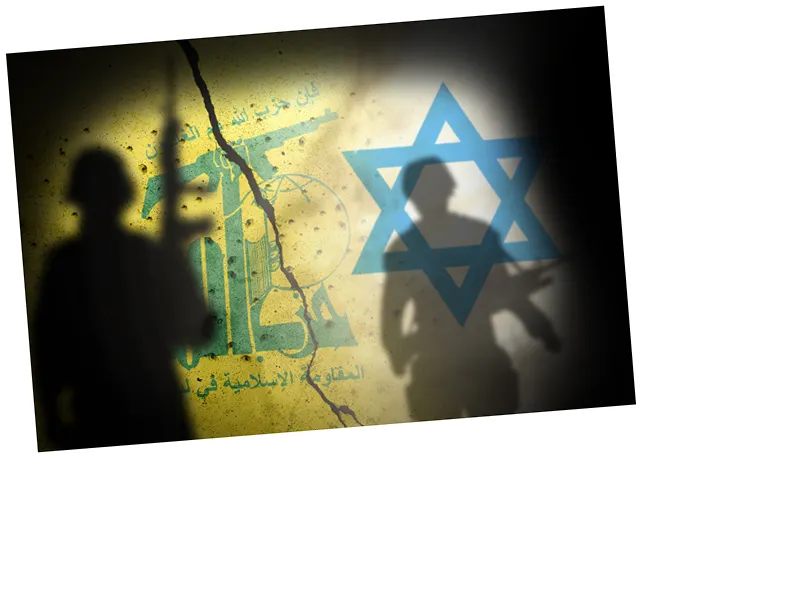Hezbollah's Shift Towards Regular Warfare
Recent insights from military experts suggest a significant shift in Hezbollah's operational strategy, leaning towards regular warfare rather than guerrilla tactics. This change poses new challenges for Israel, which is strategizing to maintain control over key Lebanese territories along the border. Retired Lebanese Brigadier General Elias Hanna indicated that Israel's primary focus is on securing strategic towns such as Kfar Kila, Adaisseh, and Maroun al-Ras. These locations are crucial as they provide Hezbollah the capability to target Israeli settlements in the Upper Galilee region.
Hanna elaborated that while Israel has a broader military agenda, its immediate actions hinge on the success of this initial phase. He dismissed the likelihood of a full-scale ground invasion extending from the Blue Line to the Litani River, emphasizing the importance of these high-terrain towns in military strategy.
Implications of Military Build-Up on the Northern Front
Military analyst Hatem Karim Al-Falahi echoed these sentiments, labeling towns like Maroun al-Ras as vital lands whose control would significantly undermine Hezbollah's operational effectiveness. He asserted that for Israel to effectively dismantle Hezbollah's military infrastructure, a deeper land invasion into Lebanon would be necessary. However, he cautioned that the current Israeli military build-up may not suffice for operations in the complex, undulating terrain of southern Lebanon.
Al-Falahi highlighted the challenges faced by an Israeli army already fatigued from prolonged engagements, such as the recent conflict in Gaza. He noted Hezbollah's preparedness for a conventional conflict, backed by strong defensive arrangements and strategic reserves. The expert warned that any Israeli incursion could come at a high cost, referencing historical losses during the 2006 conflict as a stark reminder of the potential consequences of underestimating Hezbollah's capabilities.





